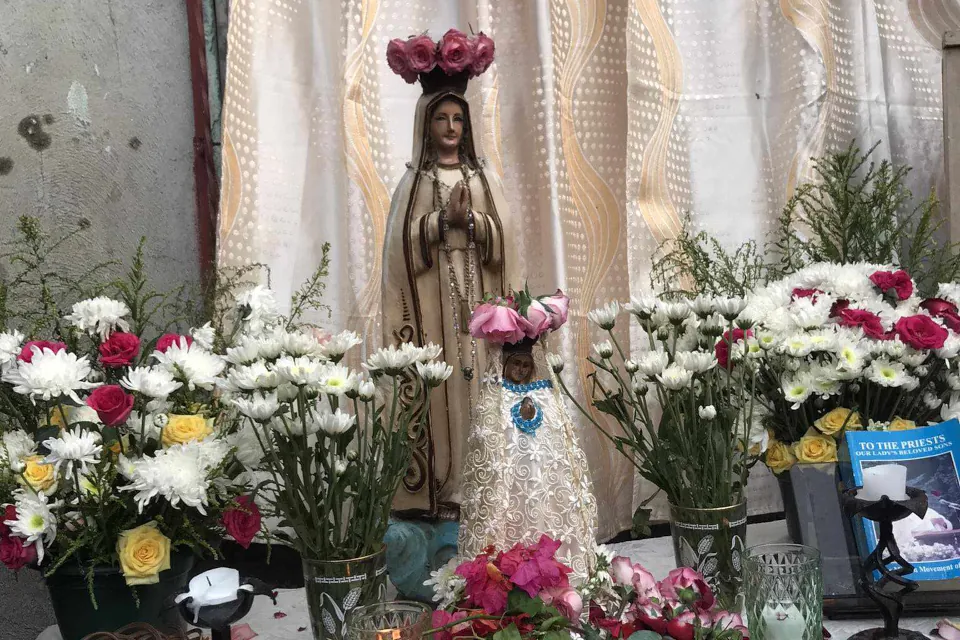Embracing Tradition: Understanding the Significance of Flores de Mayo
Whenever the month of May arrives, I, as a child, eagerly anticipate going to the chapel for the daily class during the month-long Flores de Mayo celebration. This event holds a special place in my heart as it involves afternoon classes, scattering of flowers, and the selection of individuals to carry the “Ave Maria” letters or portray as angels. Participating in Flores de Mayo has made my vacation months more fulfilling. Although I’ve heard of the Santacruzan with Reyna Elena and processions, I haven’t experienced them at our chapel. Now that I’m getting older, I ponder if I truly comprehend the significance behind the Catholic Church’s observance of Flores de Mayo and what the story behind Santa Cruz is. As a valuable part of the month-long festivities, it’s enlightening to delve into the origins and significance of this celebration, aiding in the development of our faith as Christians and Catholics.
Historically, Monsignor Mariano V. Sevilla is known for introducing the “Flores de Mayo” tradition in the Philippine Islands. The initial celebration is said to have occurred in 1865 at the Church of Our Lady of the Assumption in Msgr. Sevilla’s hometown, Bulacan. Mariano Villena Sevilla, a native of Barrio Sta. Ines was ordained as a secular priest in 1863. Interestingly, Msgr. Sevilla is remembered as the first secular priest in Philippine history to translate devotional material into the local language.
In 1865, he penned “Dalit kay Maria,” also known as “Flores de Mayo,” inspired by the Italian “Mese di Maggio.” The Filipino devotion of “Flores de Mayo” originated from the prayers and hymns in this traditional Church literature. Initially observed at Our Lady of the Assumption church, it featured the image of Our Lady of the Miraculous Medal, a sight still revered today. Driven by his deep affection for the town’s Heavenly Patroness, he popularized the tradition of presenting the most exquisite and unique flowers to her. The devotion thrived, notably in 1867, with the composition of “Mariquit na Bulaclac na sa Pagninilaynilay sa Buong Buwan nang Mayo ay Inihahandog nang mga devoto cay Maria Santisima”.
Throughout May, daily celebrations to honor the Virgin Mary with flowers, prayers, and hymns, culminating in the Queenship of Mary celebration. The month-long tradition in Bulacan includes a procession where maidens are serenaded by young men, a tradition even participated in by local hero Marcelo H. Del Pilar in the past.
Additionally, in an article in CBCP News, Flores de Mayo was originally known as ‘Flores de Maria’; this practice was derived from the book “Devocion del Flores de Mayo,” published in 1867, later translated into English by Mariano Sevilla. According to Msgr. Ramon A. Pet, HP, the tradition is thought to have been introduced to the Philippines by Spanish missionaries following the declaration of the Immaculate Conception dogma in 1854. The devotion involves teachings on fundamental Catholic beliefs, nine days of prayers, presenting flowers to an image of Our Lady, and children singing along. As questioned by other religious faiths about the offering of flowers to the Blessed Virgin Mary, Msgr. Pet said that the offering of flowers to the Virgin Mary symbolizes love for her as the spiritual mother and commitment to pursuing her virtues. Devotees pray for blessings on children, families, and the parish through her intercession.
Furthermore, the Flores de Mayo celebration differs from Santacruzan, which is the highlight of the festival, reenacting Reyna Elena’s (mother of Constantine the Great) search for the sacred cross. Santacruzan features 19 Biblical figures and 21 Marian titles in a grand procession held on the last Sunday of May, starting and ending at the town’s church. The parade includes young women representing Marian titles, accompanied by dancers and musicians playing traditional music. Kindly remember that Santacruzan is not a beauty pageant or a fashion show. It has deep religious origins, as mentioned earlier.
Additionally, it should not be confused with ‘Flores de Mayo’ (‘Flowers of May’ in Spanish), a month-long celebration dedicated to the Blessed Virgin Mary that ended on May 31, traditionally the feast day of the Queenship of Mary.
Flores de Mayo holds great significance for Catholics, especially children, as it introduces them to the teachings of our faith and marks the beginning of their spiritual journey. Despite modern changes like technological advancements and shifts in school calendars, it is hoped that the tradition of Flores de Mayo will endure. It is important for every parish or community to continue celebrating Flores de Mayo, allowing today’s children to appreciate the beauty of our Catholic tradition by offering flowers to Santa Maria, the Mother of God. This annual celebration is not just a simple celebration but a way for us, as Catholics, to show our love and devotion to the Blessed Virgin Mary, nurturing our faith and love for the Lord Jesus through His mother. (Honey Kaye Etdang – Catechist and SIL Parish SoCCom | Photos by Dennis Dollete, Jr.)




No Comments